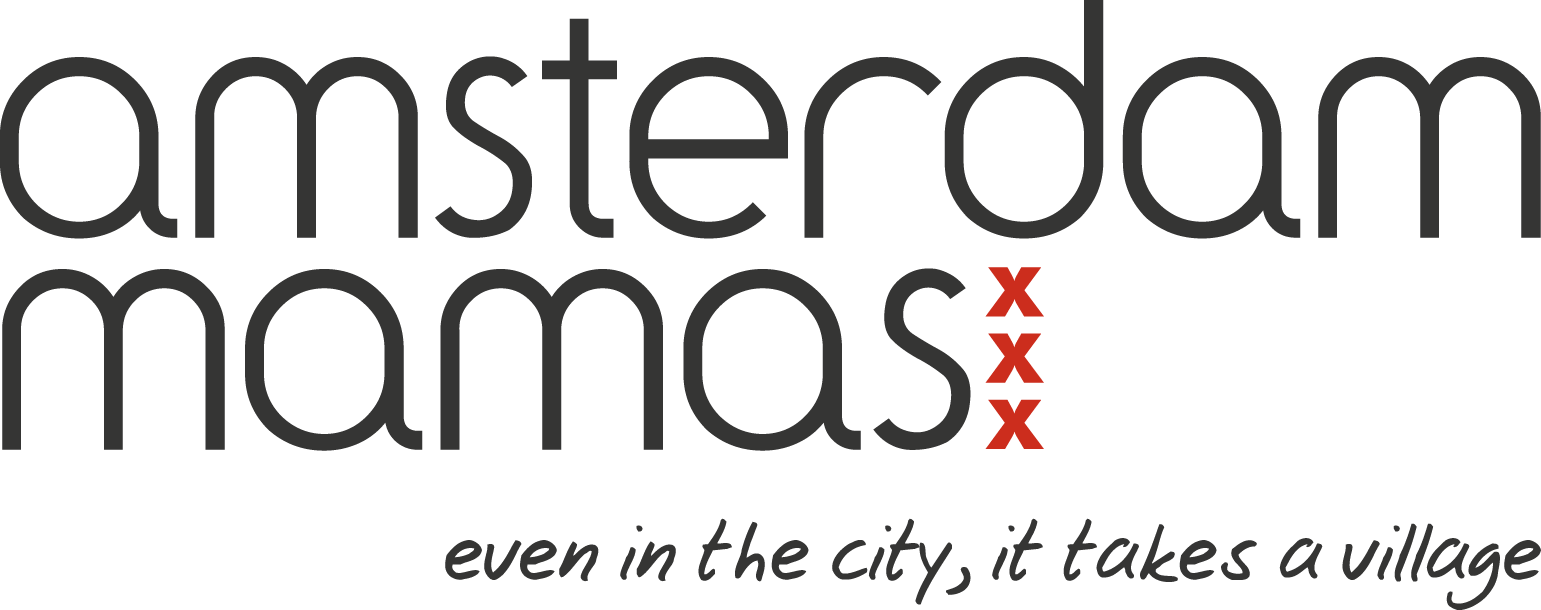In Part II of this article, Tasneem Hatimbhal continues to share her experience of navigating children through two very different school systems. The challenges increase as children get older, but a little foreknowledge of what’s ahead really helps make the process manageable.
Moving to Middelbare School
Moving between the Dutch educational system and an international one is not necessarily complicated for children under the age of ten; basisschools (lower schools) in Holland are wonderful, nurturing, and relaxed places where children play and learn at the same time. Naturally, as a non-native, the Dutch language is a challenge, but most children are terrific at picking up languages, and manage quite well. Indeed, children whose first language is not Dutch even have the option to go to special language schools.
The challenges of shifting systems really begin as your kids get older. Children aged between 10 – 12 (Groep 6, 7 and 8) begin more intensive studies and this is when we noticed the differences between the systems starting to matter more. Maths is a great example. In the Netherlands, our kids had to memorise the times tables; in Mumbai, they were encouraged not to learn things by heart, finding methods to do quick calculations instead. The chunking method, as well as the multiplication and division methods also differed.
Additionally, the international system always promotes an international perspective across all disciplines – whether sciences, business, environmental studies, or cultural studies. In the Netherlands, the focus, naturally, tends to be more Eurocentric.
On a purely practical level, Dutch middelbare schools (upper schools) are not necessarily in your immediate neighbourhood and your child will likely have to learn to bike to school alone. The jump to independence is marked.
CITO Exams
Most international schools offer a seamless education from the lower years all the way up to the IB or A levels etc. The Netherlands, however, has more of a tracking approach and if you are enrolling your children into the Dutch system during Groeps 6, 7, or 8 (ages 10, 11, and 12), it is important that you are prepared for the CITO exams.
In the year of Groep 8, children in the Dutch school system are given an assessment and recommendation that determine the academic track they will follow going forward. Basisschools assess children based on:
- Their academic performance in Groep 6, 7, and 8
- Their results from the CITO standardised test
- Their individual interests, ambitions, will to improve, and attitude
These factors, along with the personal guidance of their teachers during these three years, eventually result in your child getting an ‘advies’ (recommendation). It is this recommendation that determines to which academic category of middelbare school they can apply and is loosely categorised into VWO, HAVO and VMBO.
- VWO: the highest academic recommendation a student can receive and which allows them to apply to Gymnasium (classical education) or Athenaeum
- HAVO
- VMBO (which is divided into several sub-categories).
A VWO recommendation is the highest academic recommendation that a student can receive and allows them to apply to Gymnasium (classical education) or Athenaeum. A HAVO is a less academically rigorous diploma than VWO, and VMBO is less rigorous than HAVO. In Amsterdam, owing to schools being in very high demand, students are assigned a school based on a lottery system. Students in Groep 8 ought to visit at least 12 schools that are of interest, then submit a list of schools in order of preference. Then, depending on how the lottery plays out, students get into their first, second, etc. school of choice. Needless to say, this works nothing like an international school.
Opinions about this method of school assignment vary greatly. As a non-native parent, it can be quite a shock if you’re not prepared. One way to soften the shock is to talk to friends, neighbours, and classmates and try to get a feel for the system. If you can, visit some schools while still in Groep 7, so that in Groep 8 you’re not overwhelmed at the open days. Most importantly, be prepared that the lottery system setup might result in your child not getting into one of their top three choices. It’s up to you to convince them, and yourself, that this is ok. From personal experience, I’d like to stress that it helps if you just accept the system as it is and not resist it.
His Dutch primary school very kindly accommodated our request to keep the language deficiency in mind and refer to his older report cards to get a clearer and more rounded view of his abilities and academic level
Our son’s official recommendation was based on his one year in Groep 8, the learning aptitude he showed during basisschool, as well as his performance in Mumbai. His Dutch basisschool very kindly accommodated our request to keep the language deficiency in mind and refer to his older report cards to get a clearer and more rounded view of his abilities and academic level. This helped him get into the category of middlebare school we had hoped for.
If you’re in a similar situation, talk to the class teachers and school principals to check for the possibility of a different recommendation. If that doesn’t have an immediate effect, be aware that if your child improves their grades during middlebare school they can move up a level of academic school each year till they reach their optimal level. In that way, it is a flexible system.
One other big difference that stands out between the international upper school system and the Dutch middelbare school one is that only the children who graduate from a Gymnasium or Athenaeum middlebare school can go straight to university. In international schools, it is open to everyone – and depending on your grades you’ll get into an appropriate programme. Of course once again, as is the Dutch way, you can spend a few extra years studying hard and still make it to university.
The education system in the Netherlands is hard to grasp initially. However, it’s a very good system that allows everyone to reach their potential through hard work. Last, but certainly not least, compared to most international education, it’s much more affordable!
Tasneem Hatimbhai
Tasneem Hatimbhai is originally from Bombay, India and lives in Amsterdam with her Dutch husband and their two children. She has been a writer and editor for over 20 years, focussing on lifestyle related articles, features about contemporary Indian Art, content creation for academic websites, journals and social media for related accounts. In 2012, she started Mumbai Mills, an NGO that blended Indian creativity, art and design. Mostly recently, in 2024, in keeping with her love for contemporary Indian art, Tasneem launched an online platform and an art gallery for South Asian Contemporary Art in Amsterdam, @sacart.ams. She also happens to be the editor-in-chief of Amsterdam Mamas.






